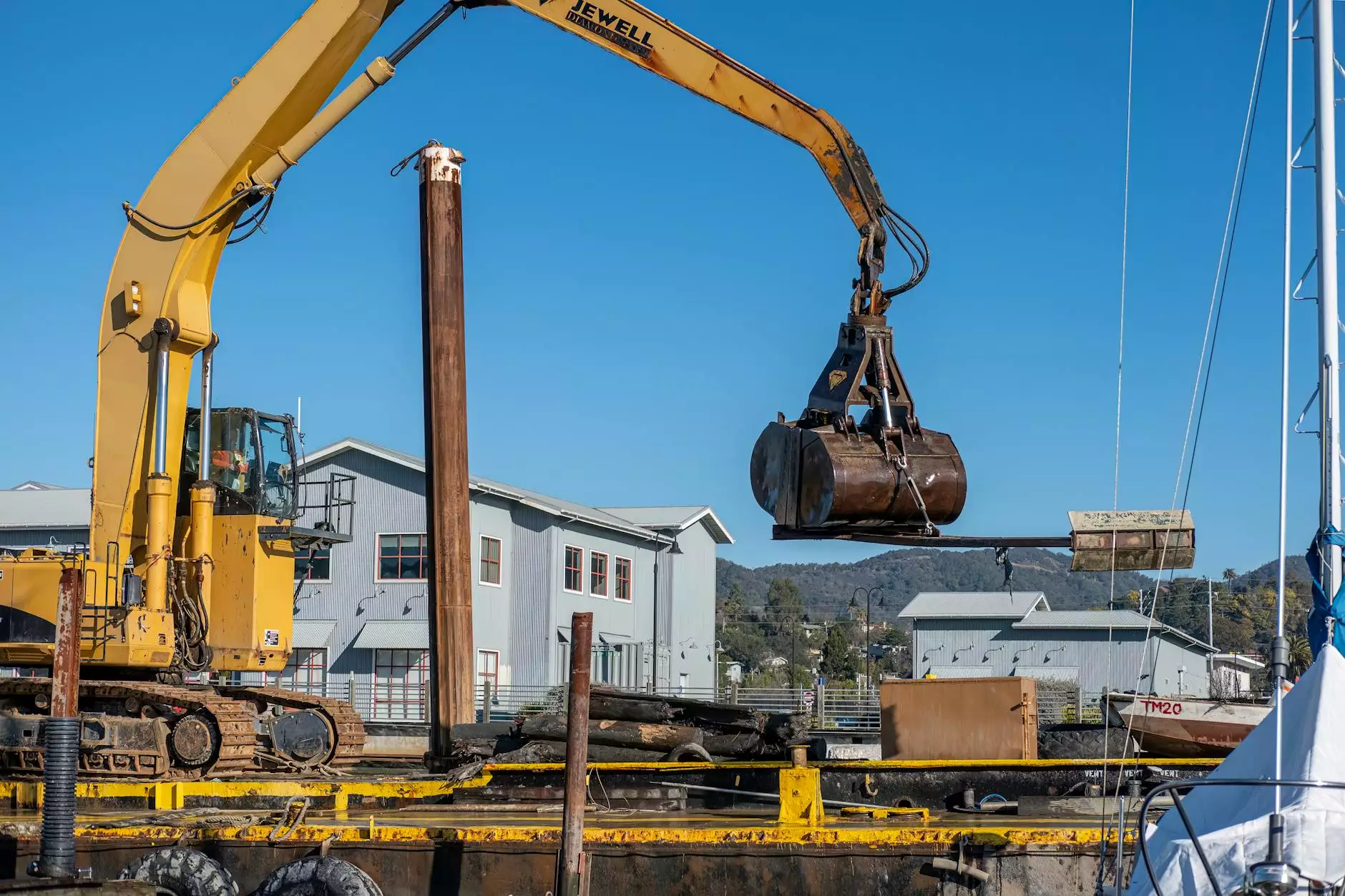Understanding Industrial Blower Types: A Comprehensive Guide

Industrial blowers are essential equipment in various industries, providing a crucial function in processes ranging from dust collection to material handling. They create airflow or move air in specific directions, making them vital for ensuring proper ventilation and operational efficiency. This article delves deep into the types of industrial blowers, their distinct uses, advantages, and the factors to consider when selecting the right one for your business needs.
What are Industrial Blowers?
Industrial blowers are mechanical devices designed to move air or gases in various applications. By utilizing centrifugal or positive displacement mechanisms, these blowers are crucial in maintaining air quality, enhancing process efficiency, and enabling safe working environments across numerous industries.
Types of Industrial Blowers
When it comes to industrial blower types, they can generally be classified into two major categories: Centrifugal Blowers and Positive Displacement (PD) Blowers. Each of these categories encompasses various subtypes, tailored for specific applications. Below, we’ll explore each type in detail.
Centrifugal Blowers
Centrifugal blowers, also known as radial blowers, operate by converting rotational energy into kinetic energy, which is then transformed into air pressure. They are widely used in applications requiring high volumes of airflow and can operate effectively in high-pressure systems.
1. Single-stage Centrifugal Blowers
These blowers consist of a single impeller, offering medium airflow and pressure capabilities. Single-stage centrifugal blowers are ideal for applications such as ventilation, cooling, and drying. Their simple design allows for easier maintenance and lower operating costs.
2. Multi-stage Centrifugal Blowers
As the name suggests, multi-stage centrifugal blowers use multiple impellers to increase airflow and pressure in a single unit. They provide higher pressure and are commonly used in applications like pneumatic conveying systems and power plant applications. The ability to achieve high pressure makes them suitable for industries that require substantial pneumatic service.
3. Inline Blowers
Inline blowers are designed for efficiency, often used in smaller spaces. They provide a linear airflow path that enhances their ability to handle airborne particles effectively. They are commonly employed in dust control applications and areas with limited installation space.
4. Turbo Blowers
Turbo blowers are advanced versions of centrifugal blowers that deliver high efficiencies at high flow rates. They are commonly used in wastewater treatment plants and industrial processes where precision and reliability are paramount. Their design allows for lower energy consumption while ensuring effective performance.
Positive Displacement (PD) Blowers
Positive displacement blowers work by trapping a fixed volume of air and forcing it out, resulting in a consistent and reliable airflow. They are known for their ability to create high pressures and are suitable for various industrial applications.
1. Rotary Lobe Blowers
Rotary lobe blowers utilize two lobes that rotate to create volumetric displacement. These blowers are known for their efficiency and quiet operation. They are primarily used in Pneumatic conveying and wastewater applications.
2. Rotary Vane Blowers
Rotary vane blowers consist of a rotor with adjustable vanes that slide in and out as the rotor spins, effectively creating vacuum pressure. These are ideal for applications such as vacuum packaging, material handling, and pneumatic conveying. Their versatility makes them widely acceptable in various industries.
3. Diaphragm Blowers
These blowers utilize a flexible diaphragm that oscillates to create air pressure. Diaphragm blowers are designed for low to moderate pressure applications and are often used in chemical processing and laboratory environments where air purity is critical. They also provide an inherent ability to handle particulate-laden air.
Key Features to Consider When Choosing an Industrial Blower
Understanding the different types of industrial blowers is crucial, but selecting the right one for your needs involves assessing specific features and requirements:
1. Airflow Requirements
Determine the volume of air needed for your application. This will help you choose a blower that can meet or exceed your airflow requirements without being oversized, which can lead to inefficiencies and increased operational costs.
2. Pressure Needs
Consider the pressure requirements of your specific application. Whether you need high pressure for conveying materials or lower pressures for ventilating spaces will greatly influence your choice of blower.
3. Efficiency Ratings
Look for blowers that provide high efficiency ratings. This will not only reduce energy costs but also contribute to a more sustainable operation. Understanding the fan law principles can help you appreciate how changes in speed and design affect efficiency.
4. Noise Levels
Depending on your work environment, noise can be a significant factor. Choose blowers with lower decibel ratings if noise reduction is essential, especially in facilities that are public-facing or require serene environments.
5. Maintenance Requirements
Assess the maintenance requirements of various blower types. Some designs may require more regular upkeep than others, leading to increased operational costs over time. Selecting blowers with easy access to components can help streamline maintenance.
6. Operating Environment
Take into account the ambient conditions in which the blower will operate. Some applications may expose equipment to harsh conditions such as dirt, moisture, or extreme temperatures. Choosing a blower designed to withstand these conditions will extend its service life.
Applications of Industrial Blowers
Industrial blowers are incredibly versatile and find applications across many sectors. Some common applications include:
- Material Handling: Used to convey powders, grains, and other bulk materials reliably.
- Pneumatic Conveying: Ideal for transporting materials through ducts using pneumatic pressure.
- Dust Control: Employed in facilities where dust suppression is crucial for worker safety and product quality.
- Ventilation: Ensures proper airflow and temperature control in manufacturing facilities and workplaces.
- Manufacturing Processes: Integral to systems that require consistent airflow, such as cooling and drying operations.
Conclusion
Understanding the different industrial blower types, along with their specific applications and advantages, is essential for any business looking to optimize its operations. Whether you require a centrifugal blower for high-pressure needs or a positive displacement blower for consistent airflow, making an informed selection will significantly impact your operational efficiency.
At TMM, we provide a comprehensive range of blow dry and out services tailored to meet the diverse needs of our clients. If you have any questions or need further assistance in selecting the right industrial blower for your application, please contact us today!
© 2023 TMM. All rights reserved.









